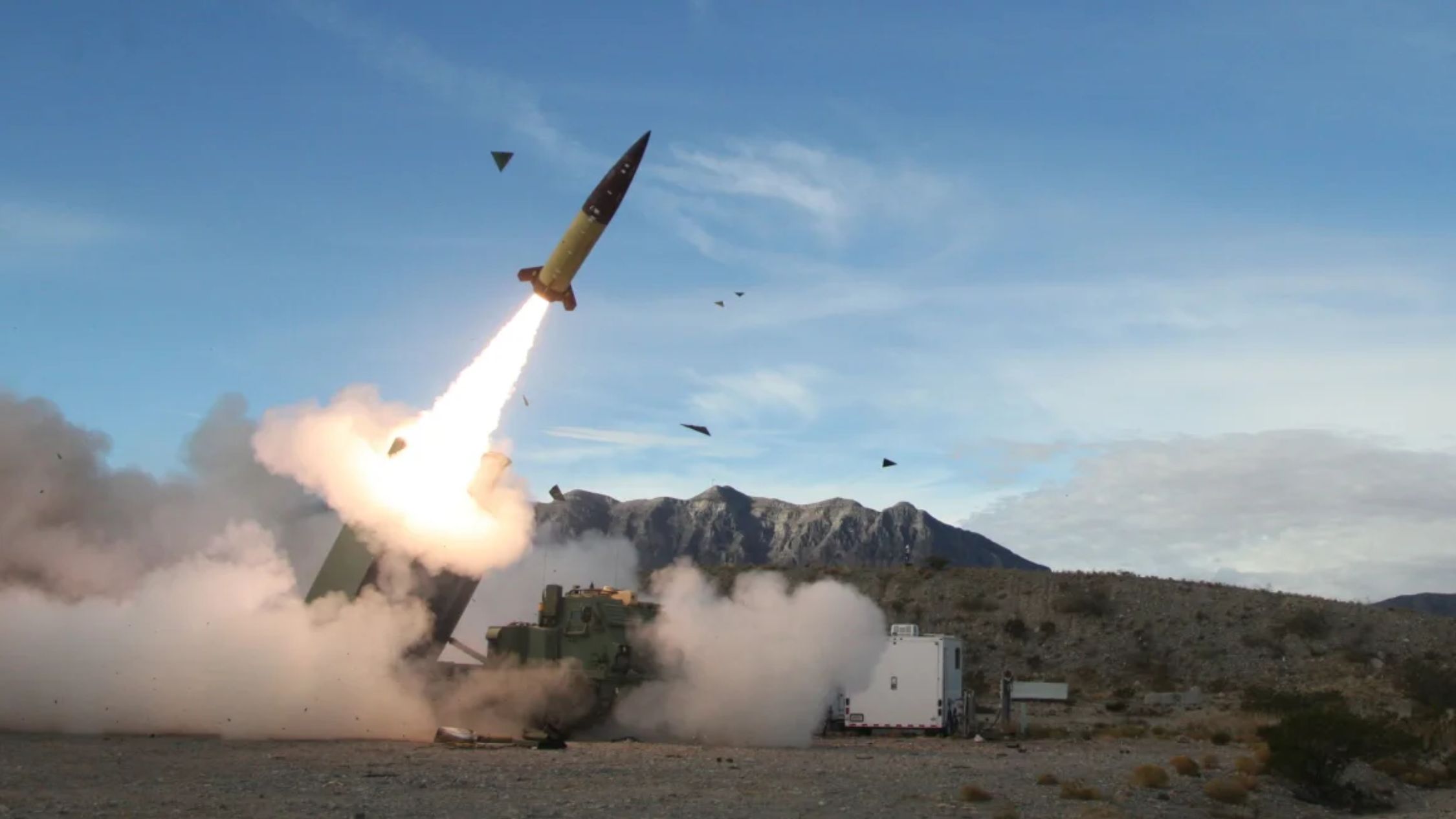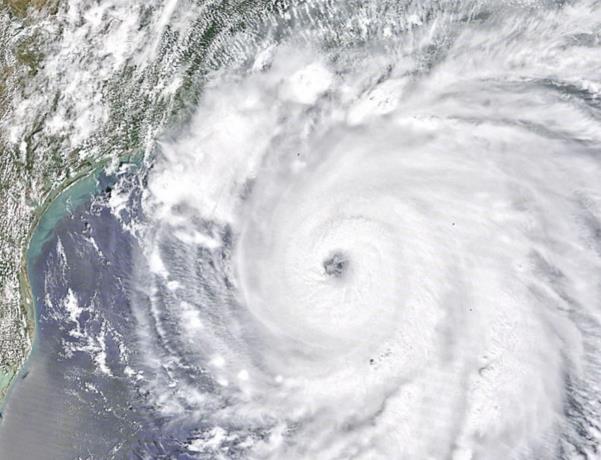A new study led by Yale suggests that the 21st century will see an increase in hurricanes and tornadoes in the mid-latitudes, including major cities such as New York, Beijing and Tokyo.
According to an article in the journal Nature Geoscience, tropical cyclones (hurricanes and tornadoes) can move in their respective hemispheres north and south because the planet is warming as a result of anthropogenic emissions of greenhouse gases. Sub-tropical cyclone Alpha 2020, the first tropical cyclone to make landfall in Portugal, and Hurricane Henry, which caused landslides in Connecticut this year, could be a precursor to such storms.
“This represents a significant and underestimated risk of climate change,” said Joshua Studolm, a physicist at the Yale College of Earth and Planetary Science and contributing author of the Sixth Report of the United Nations. Intergovernmental Panel on Climate Change
“This research predicts that tropical cyclones in the 21st century will occur at wider latitudes than have been on Earth for the past 3 million years,” Studolm said.
Although the increase in tropical cyclones is often cited as a precursor to climate change, it remains to be seen how sensitive they are to the planet’s average temperature. In the 1980s, research co-author Emanuel used the ideas of classical thermodynamics to predict that global warming would lead to more severe storms, which were verified in the observatory.
However, other aspects of the relationship between tropical cyclones and climate are not yet physically based theory. For example, there is disagreement among scientists as to whether the total number of storms will increase or decrease as the climate warms or why the planet experiences about 90 events each year.
“There is great uncertainty about how tropical cyclones will change in the future,” Fedorov said. “However, many sources point out that even if the total frequency of tropical cyclones does not increase, we can still find more tropical cyclones in the mid-latitudes, which is still hotly debated.
Typically, tropical cyclones form at low latitudes, accessing the warm waters of the tropical oceans and away from the shear impact of jet currents, forming west-east wind bands around the planet. The rotation of the Earth brings together groups of thunderstorms that form rotating vortices that turn into tropical cyclones. There are other mechanisms by which a hurricane can form.
As the climate warms, researchers say, temperature differences between the equator and the poles will decrease. During the summer months, this can cause weakness or splitting of the jet stream, opening up a window into the mid-latitudes where tropical cyclones form and intensify.
For the study, Studholme and his colleagues studied numerical simulations of the warmest climate on Earth’s distant past, recent satellite observations and various weather and climate predictions, as well as the basic physics of managing atmospheric convection and wind on a planetary scale. For example, simulations of hot climates such as the Ecene (56 to 34 million years ago) and the Pliocene (5.3 to 2.6 million years ago) showed that tropical cyclones formed and intensified at higher latitudes.
“The central problem with making future hurricane predictions is that the models used for climate forecasts do not have enough clarity to simulate realistic tropical cyclones,” said Studolm, a graduate of Yale. “On the contrary, various indirect approaches are commonly used. However, those methods appear to distort the basic physics of how tropical cyclones form and form. Many of these methods also provide conflicting predictions.”
The new study draws its conclusions by examining the correlations between hurricane physics on current climate models and the best simulated dynamics of the Earth’s jet streams and north-south wind cycles.

“Music ninja. Analyst. Typical coffee lover. Travel evangelist. Proud explorer.”




:quality(85)/cloudfront-us-east-1.images.arcpublishing.com/infobae/3RZB6AQC4RM2JOONSJJF2CYUGQ.jpg)
:max_bytes(150000):strip_icc()/CatherineZetaJoneshijavestidosuyo1999-d12480c05c984b57bea0187832817516.jpg)

More Stories
After months of protests, the US secretly sent long-range missiles to Ukraine
Cicadas are so loud in a South Carolina community that residents are calling the police
He was attacked by an alligator in South Carolina but managed to survive with a screwdriver